Latest News
Week 01 (21 & 22 October 2023) :: DiscoverSTEM Sessions
Published
2 years agoon
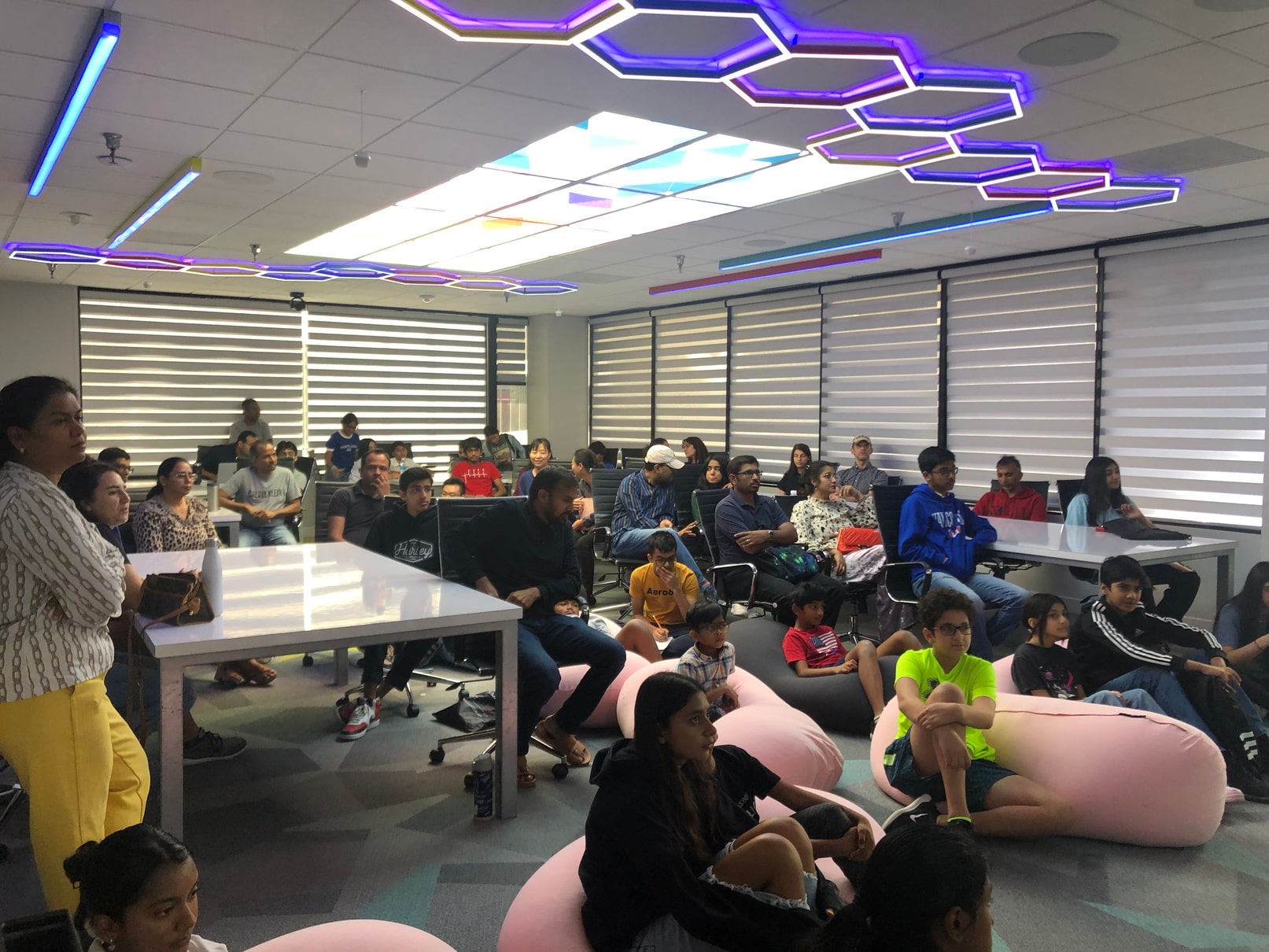
Here’s a team-wise overview of activities conducted during DiscoverSTEM Weekly Sessions held on 21st and 22nd October 2023.
Genomics Team :: Charles Darwin

Team:
- Vivaan Sthiya
- Vishuddhi Makeshwaran
- Manyatha Simhambhatla
- Yara Wael Abo-Auda
- Advaita Piduri
- Sparsh Kamdar
After doing team introductions, Team Charles Darwin jumped straight into the innovation process and started brainstorming different problems. They came up with a list of about 200 problems and have been instructed to continue brainstorming problems throughout the week. Along with their work they also talked and got to know their teammates well, really gaining a sense of each other’s strengths and weaknesses.
Genomics Team :: H.G. Khorana

Team:
- Aarifa Fatima
- Abrar Ameer
- Amra Ameer
- Rohini Saha
- Aarav Patel
- Abhiram Jetty
- Dhruva Kanthi
- Diya Alamuri
Team H.G Khorana also jumped straight into the innovation process and began brainstorming problems. They came up with a list of about 150 common problems that they each share and have been instructed to think about more throughout the week. Overall, this was a great start to their innovation journey.
Aerospace Team :: Wright Brothers

Team:
- Arini Kiran
- Siddha Kanthi
- Aroush Fatima
- Tomisin Oluwaji
- Temitope Oluwaji
- Francis Paul Kurian
- Advik Kothari
- Ashaz Haque
Team Wright Brothers demonstrated the fundamental principle that identifying problems, which is the first pivotal step in the innovation process. During their brainstorming session, they explored and discussed various issues they encountered. This initial phase not only sparked their creativity, but also laid the groundwork for potential innovations in Aerospace and other domains. By identifying and understanding problems, they paved the way for innovative solutions and advancements, emphasizing the vital role problem identification plays in driving creative thinking and progress.
Aerospace Team :: Abbas Ibn Firnas

Team:
- Joseph Jacob Kurian
- Ariv Kiran
- Eashaan Dispenza
- Deen Adil Khan
- Prishaa Jain
- Siddharth Rao
- Sheza Asif
- Tanay Sethiya
Team Abbas ibn Firnas met the expectation for the implementation course to formulate 100 plus problems so that they may innovate upon the best. Through competent communication and engagement with each other, they were able to tackle the task at hand and are progressing at a satisfactory rate.
Team Marie Curie

Team:
- Karan Verma
- Ayush Davuluri
- Asher Sorin
- Taheea Ahmed
- Ismaeel Zaidi
- Ayaan Haq
- Abdur Rahman Bin Aslam
- Sumayya Shaik
- Arnav Raghuvanshi
- Ayan Raghuvanshi
During the foundation course, they learned the content from module 1 about how to develop an innovation mindset. They then went into their group and brainstormed for their implementation activity in which they had to figure out how to explain color to a blind person. In their group, they came up with various different methods, going through several trial and error processes to determine the best way to explain color to a blind person.
Team Nikola Tesla

Team:
- Daksha Jamallamudi
- Rithvik Kamesh
- Rishon Rajesh
- Anvesha Nigam
- Farhan Haq
- Talha Bin Aslam
- Shaurya Mallur
- Aminah Mahmood
After going through module one of the foundation course, team Nikola Tesla went into their group and brainstormed on the implementation activity in which they had to explain color to a blind person. While doing this activity, they learned many things and were able to communicate with their team on how to achieve this activity’s goal as accurately as possible.
Team Thomas Edison

Team:
- Raj Davuluri
- Aryaman Mishra
- Aariz Chaudhry
- Tanisha Raka Ahmed
- Kashyap Samudrala
- Anderson Aloy
- Risha Jamllamudii
Team Thomas Edison went through the day one module in the foundation course including and not exclusive to “Teamwork and Collaboration,” and completed the activity in the implementation course to describe color to a blind person. In this instance, the team collectively chose the color green. The team still awaits judgment from the mentors and measurement of proficiency and relation to their presentation within the parameters of the assigned activity. Team collaboration and effectiveness may be considered adequate.
AI-ML Team :: Ismail Al-Jazari
Team:
- Sanchi Gabri
- Nityashri Ramesh
- Akansh Karthik
- Omar Mahasoom
- Isha Agrawal
- Vishy Narayanan
- Taarush Adhikari
- Fayez Naqvi
- Hadiya Sameen
- Reva Agrahari
- Jiya Saanvi Singh
- Kaashvi Singh
- Iliyan Mithani
- Shayaan Shaik
- Rayhan Shanavas
- Abdullah Kabeer
Team Ismail al-Jazari really went above and beyond in their implementation course assignment. They were given a task to come up with 200 problems but they were overachievers and came up with 269 problems and were aiming for 500 problems. Congrats to this team! They did an amazing job of showing what we want our students to aim for.
AI-ML Team :: Raj Reddy
Team:
- Simran Babaria
- Arjun Sriram
- Aaina Mitchell
- Arjun Kommidi
- Sarah K Francis
- Riday Jogani
- Rohan Vanama
- Tarik Syed
- Nakshtra Piduri
- Ismail Mohammad
- Gautam Surapaneni
- Akshara Kommidi
- Mohammad Kamil Shadab
Team Raj Reddy was able to greet the task of identifying a problem to innovate upon with thorough understanding and thereby generated 100 plus problems. As they await further verification from the Chief Innovation Facilitator to innovate upon the selected problem(s), their cooperation and participation is entirely exceptional.
Neurotechnology Team :: Elon Musk
Team:
- Pramiti N. Navakiran
- Omar Ismail
- Hidvika Dubey
- Shalaan Umar
- Eyad Ismail
- Adwik Sharma
The members of Team Elon Musk had a great start to their innovation journey and quickly connected with their teammates to create their list of problems. At the end of their session they had around 125 problems and will continue to work on brainstorming problems throughout the week.
Neurotechnology Team :: Hans Berger
Team:
- Niyantri Narayanan
- Zahra Khan
- Zara Majid
- Dhruv Alamuri
- Mishaal Umar
- Nihal Yerubandi
Team Hans Berger had a different approach to the task of creating 100 plus problems: They divided the problem brainstorming between each other and each did around 25 problems. They then discussed the problems with each other and added/deleted as necessary. Overall this team did wonderfully and was able to connect well to accomplish the task at hand.
Team Abdus Salam

Team:
- Shaheer Hammed
- Sana Naeem
- Reeva Joshi
- Sarah Kumar
- Anjhani Kumar
- Daniel Yankovsky
- Sanjeev Venkatesh
- Rishi Poola
- Aarush Siddabathuni
- Ibrahim Syed
- Suhani Sharma
Team Abdus Salam presented their approach to explaining color to a blind person. As they brainstormed, they discussed the relation of color to emotions, texture, along with sound and music which led them to develop a system in which they would correlate a certain color with these characteristics and feelings, such as a certain type of texture. This activity allowed the team to think outside of the box When developing their solution.
Team Aryabhata

Team:
- Yusuf Abdellatif
- Zahrah Hameed
- Yusuf Mirza
- Aarna Shah
- Reyansh Singh
- Jaivardhan Chhawal
- Shazneen Sheik
- Aard Shah
Team Aryabhata worked together to brainstorm ideas as to how to explain the color yellow. They were able to collaborate and think while using an innovative mindset to break down the question and respond accordingly. They then presented to a mentor and successfully portrayed their ideas regarding how to explain color to a blind person.
Team Isaac Newton

Team:
- Sheraz Abdellatif
- Emaad Mallick
- Zaynab Rahmani
- Adam Ali Ghouri
- Rhea Jain
- Qasim Syed
- Chhayank Meena
- James C. Stewart
- Ayat Faizan
- Aashna Chimata
- Azfar Sheik
Team Isaac Newton underwent the day one module in the foundation course, and completed the activity in the implementation course of describing color to a blind person. With productive implementation, the team was able to present and accomplish the activity accordingly.
CLAIM Team :: Ramanujan

Team:
- Zaynah Mithani
- Hitakrit Dubey
- Nathan Stewart
- Naomi Zurfluh
- Lucas Wang
- Abdullah Zayd Syed
Team Ramanujan first watched a video that showed the members of the team and explained what they would be doing throughout the course. They then did a three-part exercise in which they tried to figure out how to fix a plane. In the first part, they fixed the plane without glue or tape.
In the second part, they fixed the plane without using the materials they used in part 1. Finally, in the third part, they fixed the plane without using the materials used in part 1 or part 2, but they also had a thermo sheet to use. This showed the students the process of thinking: common sense in part one, intelligence in part two, and intuitive intelligence in part three.
CLAIM Team :: Ibn al-Haytham

Team:
- Sophia Abdellatif
- Yousef Seyed Ghatari
- Asma Ali Ghouri
- Isha Poola
- Tobi Oluwaji
- Mustafa Syed
- Andrew Stewart
Similarly to Team Ramanujan, Team Ibn al-Haytham watched the video that introduced the students to their problems. They then worked on the same problem, trying to fix a plane in three different parts. In the first part, they used common sense and fixed the plane without using glue or tape.
In the second part, they used intelligence and fixed the plane without using any of the materials they used in part one. Finally, in the third part, the team fixed the plane without using any of the materials used in part one or two but also had a piece of thermo sheet to fix the plane, which showed their intuitive intelligence.
You may like
-
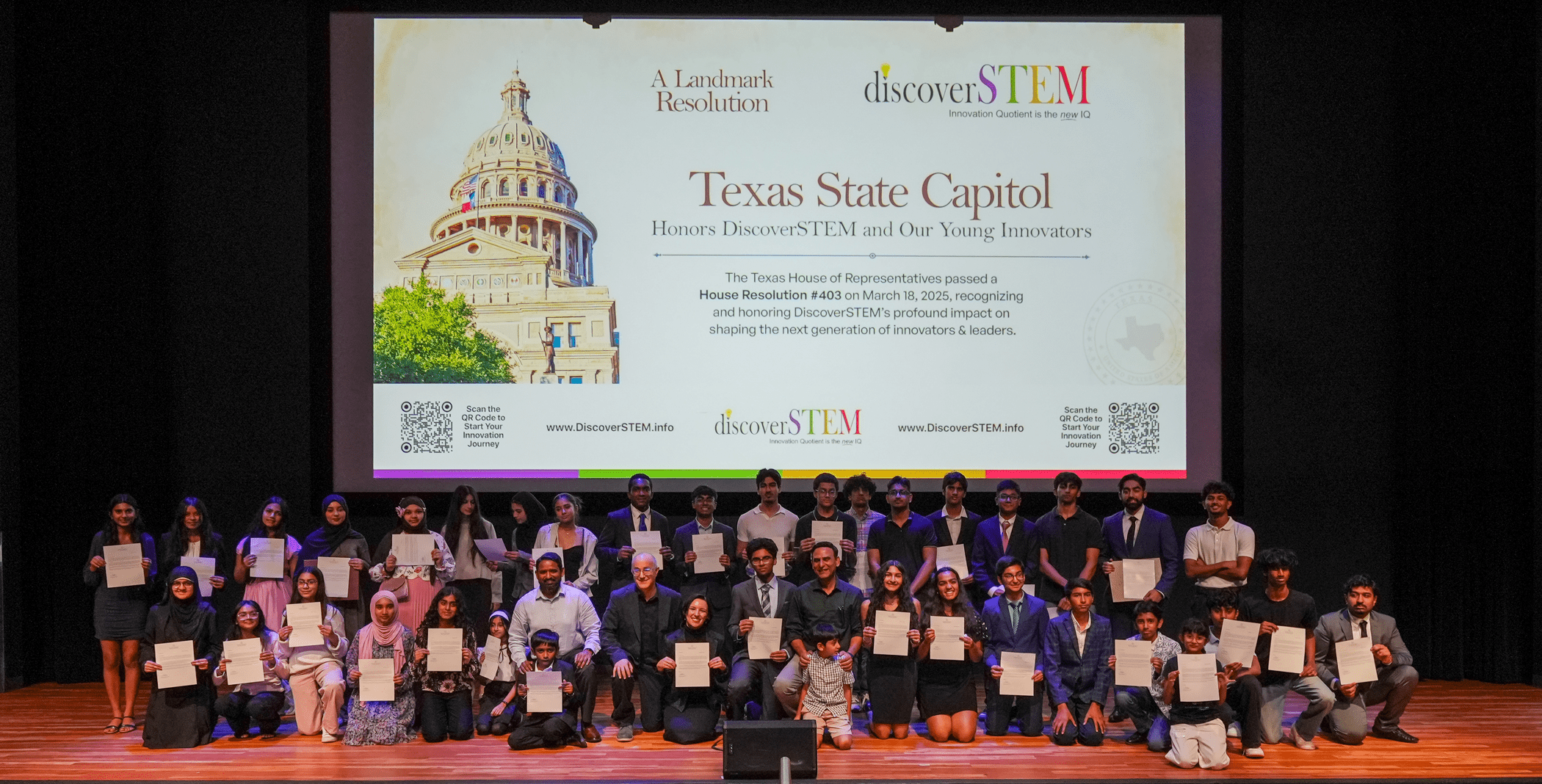

Young Minds, Big Innovations: DiscoverSTEM Marks Innovation Day 2025 with Breakthrough, Patentable Ideas
-
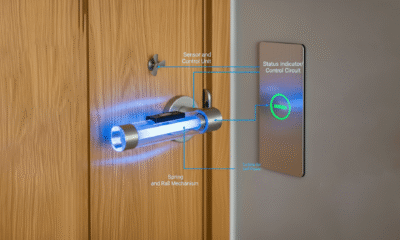

Self Sanitizing Door Handle With Protective Cover
-
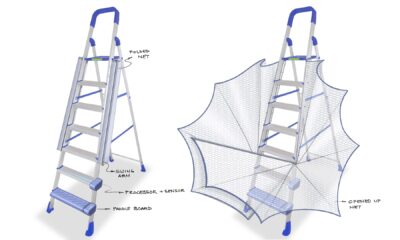

Method and System for Providing A Smart Ladder to a User
-


Harvard University offers Acceptance Letter to Prisha Bhat
-
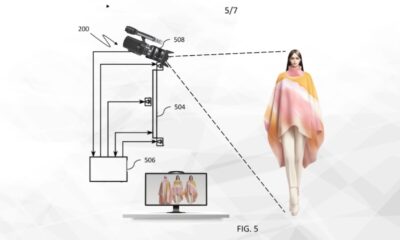

A System for Displaying Selected Clothes on a Dummy Human Body
-


World-renowned AI Marketing Expert – Dr. Asim Ansari Joins DiscoverSTEM’s Elite ‘Panel of Experts’



